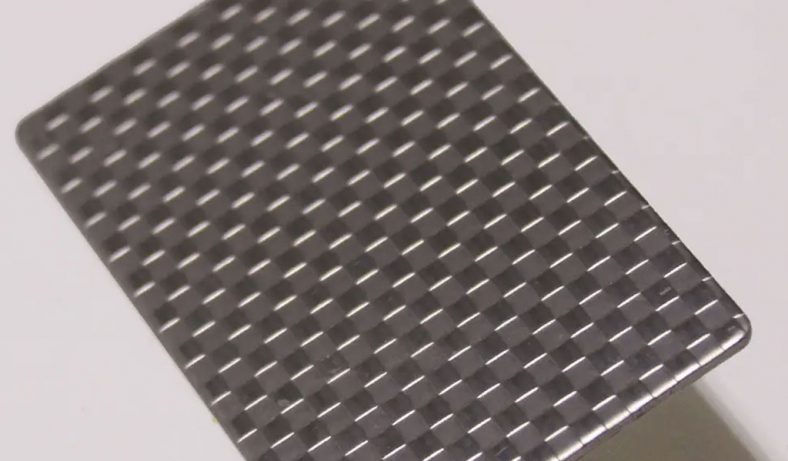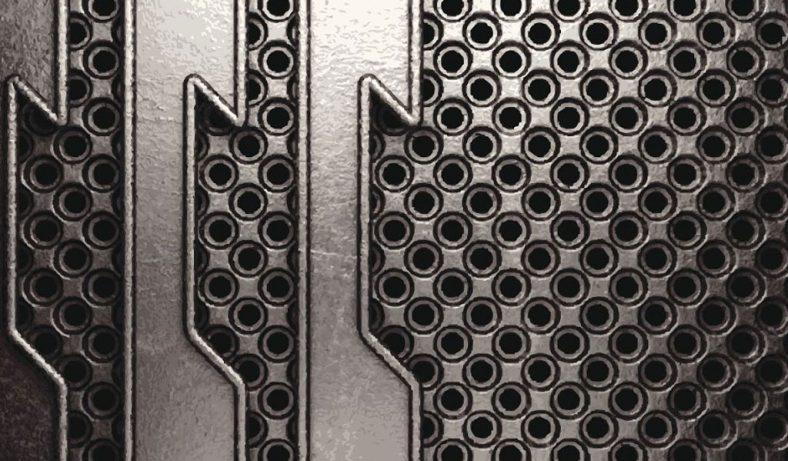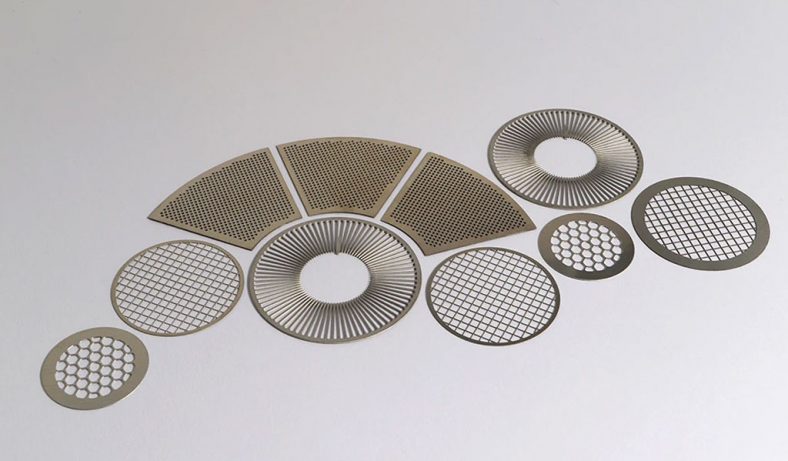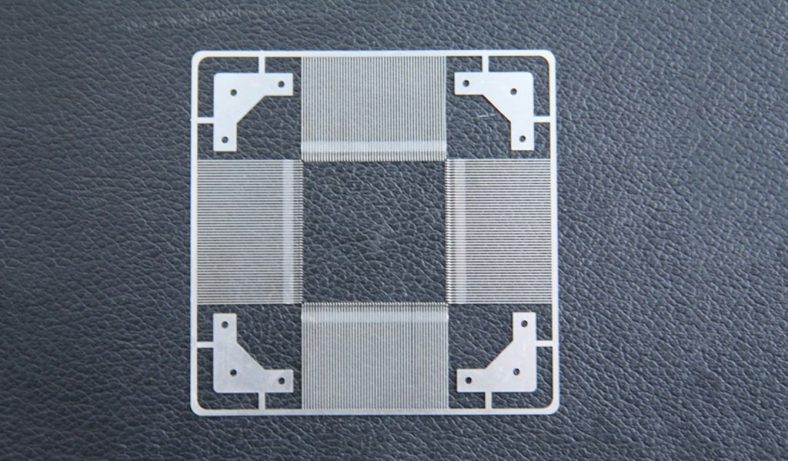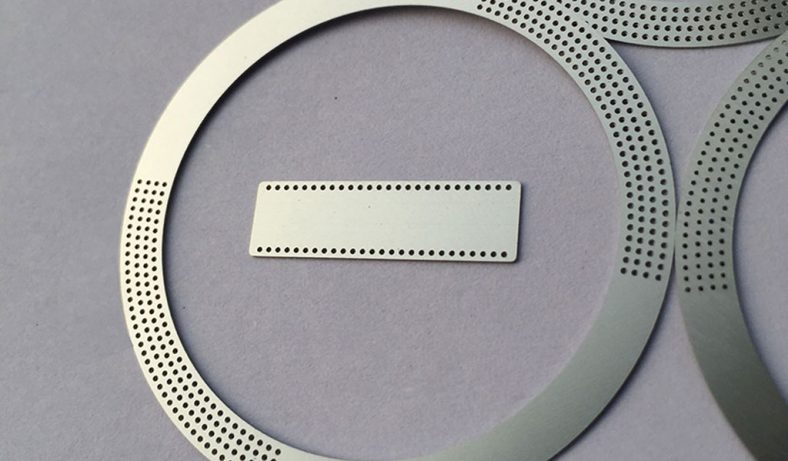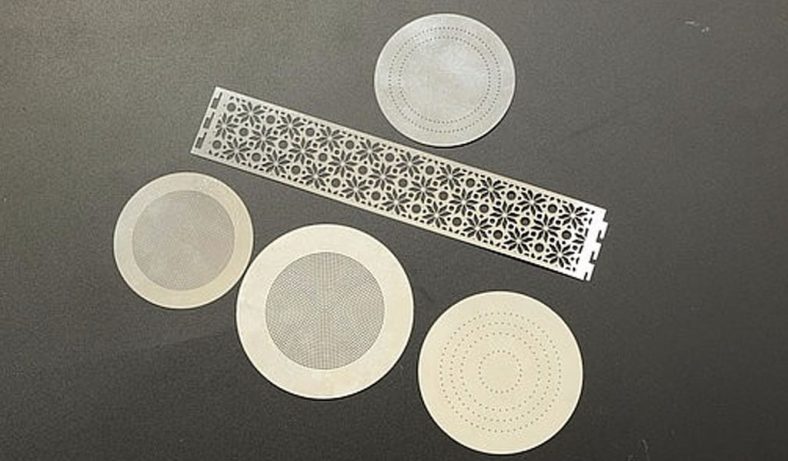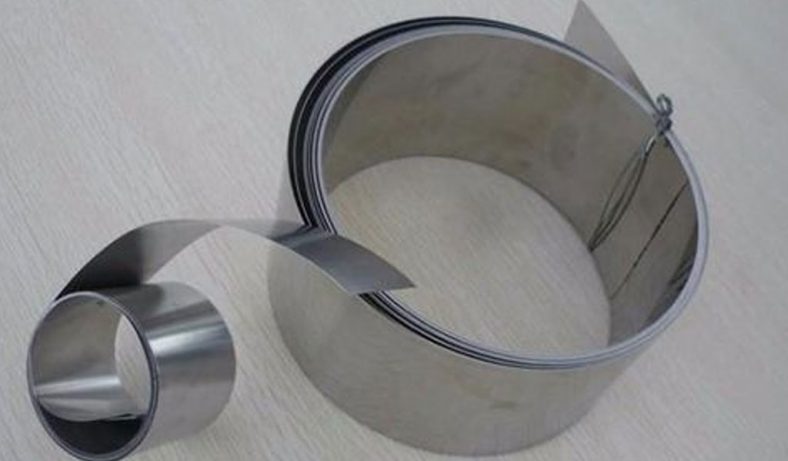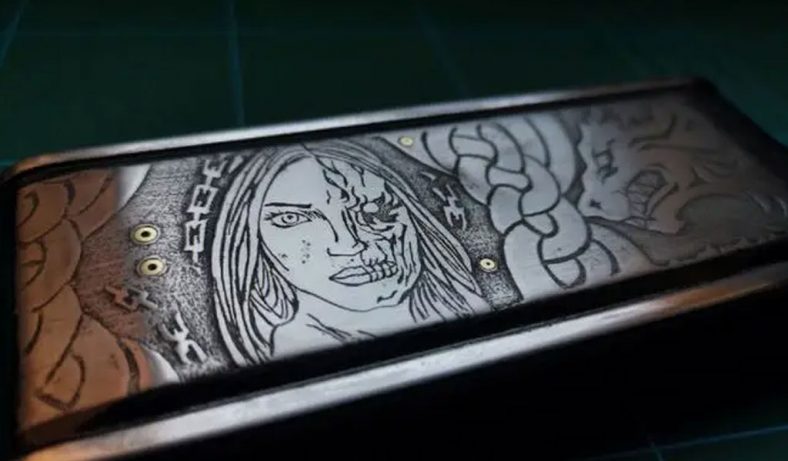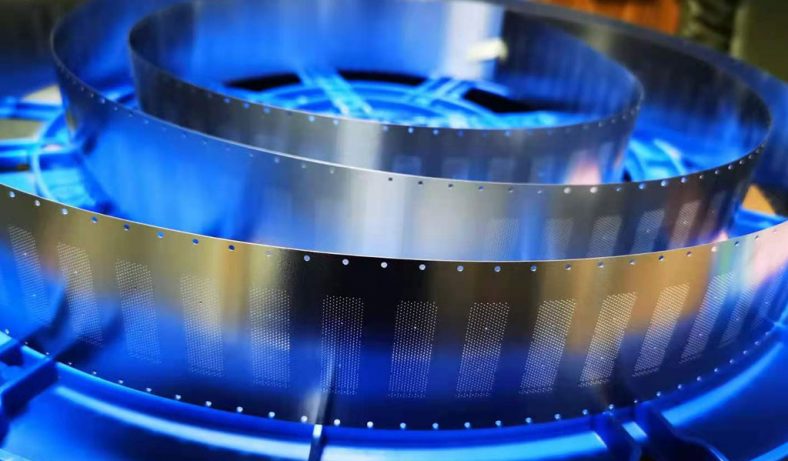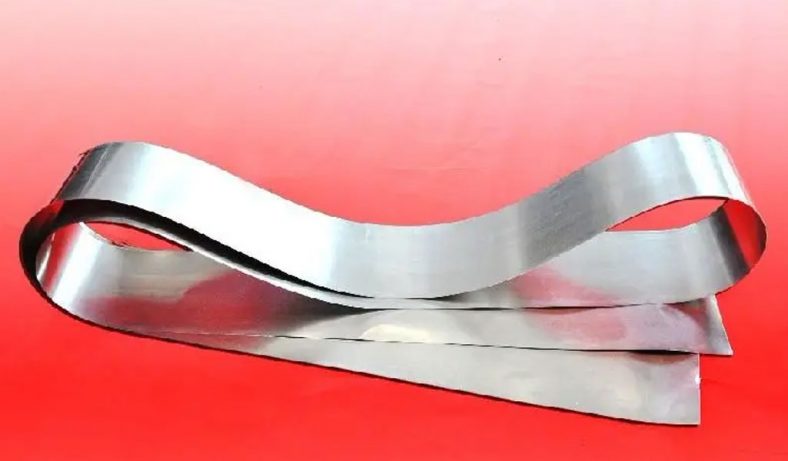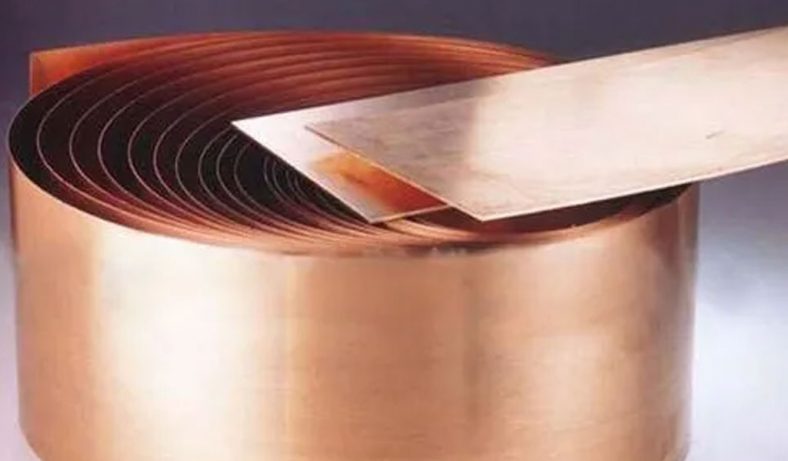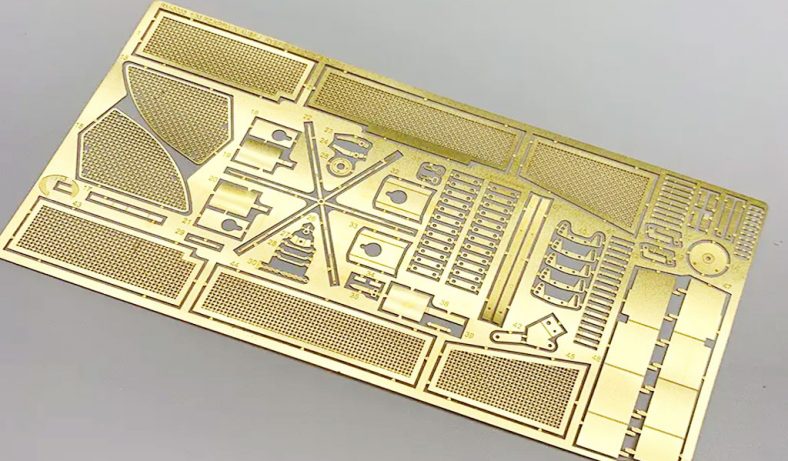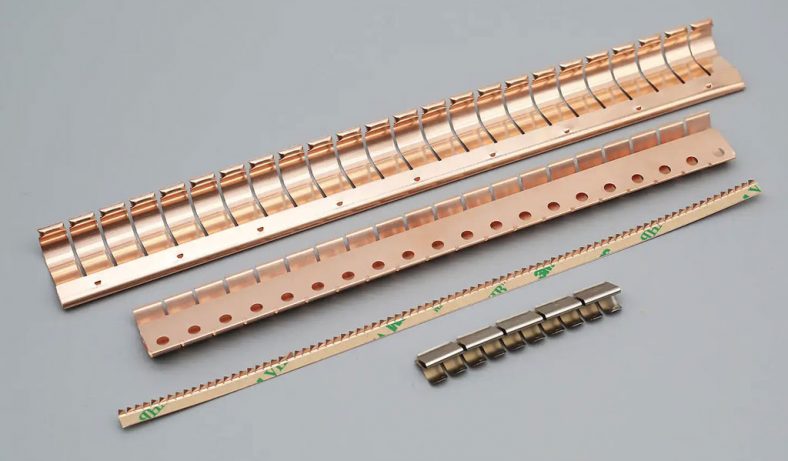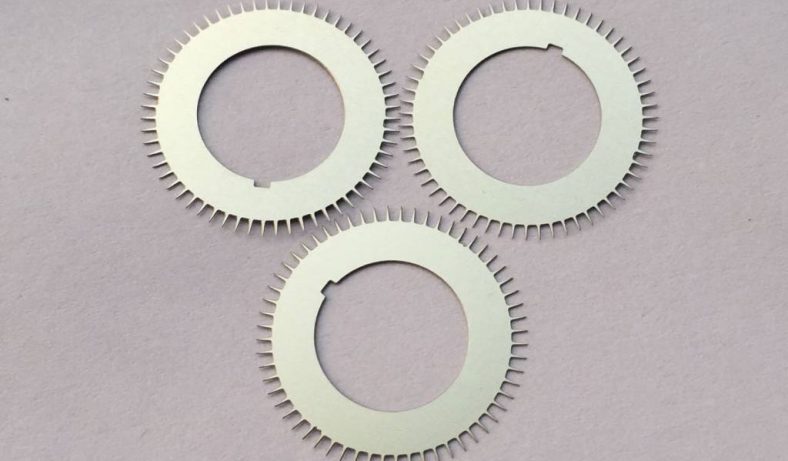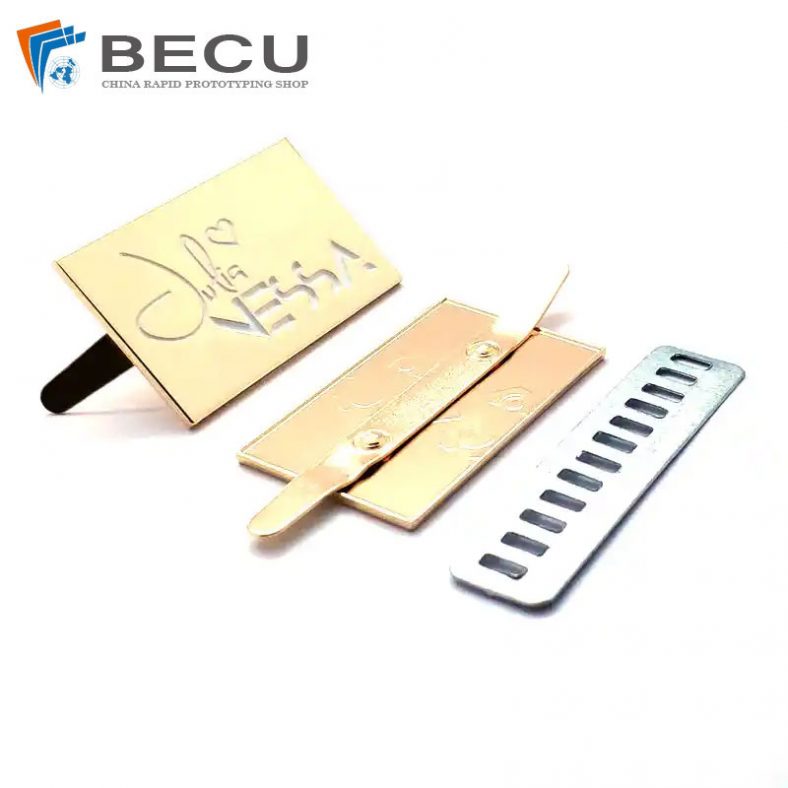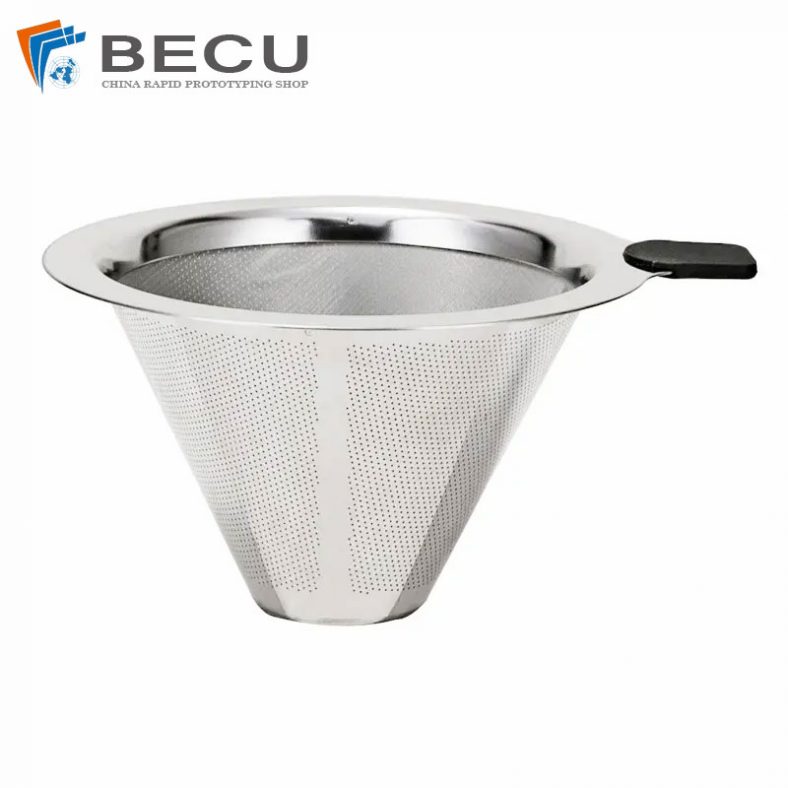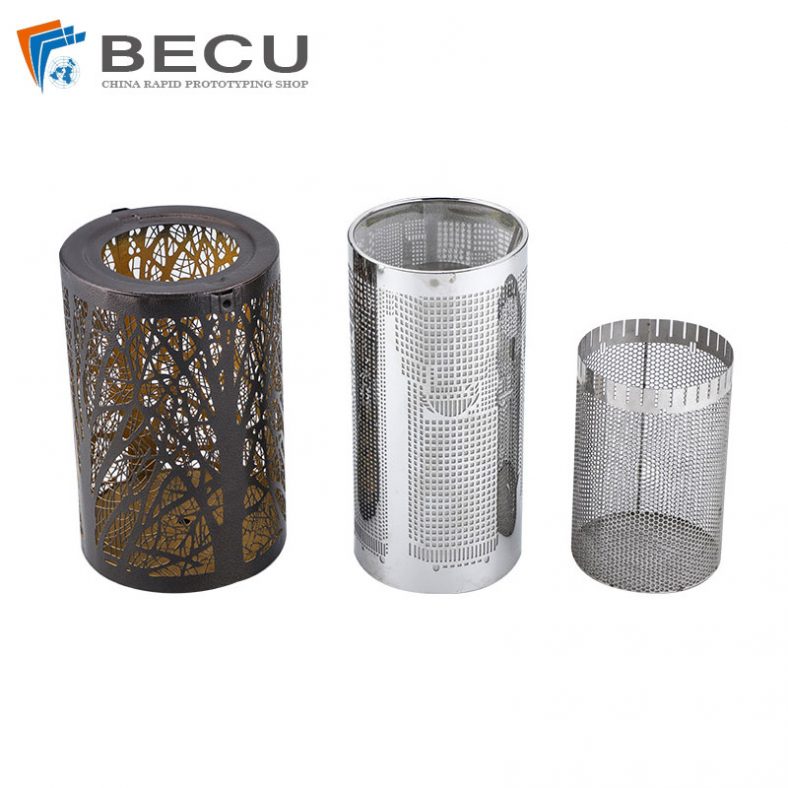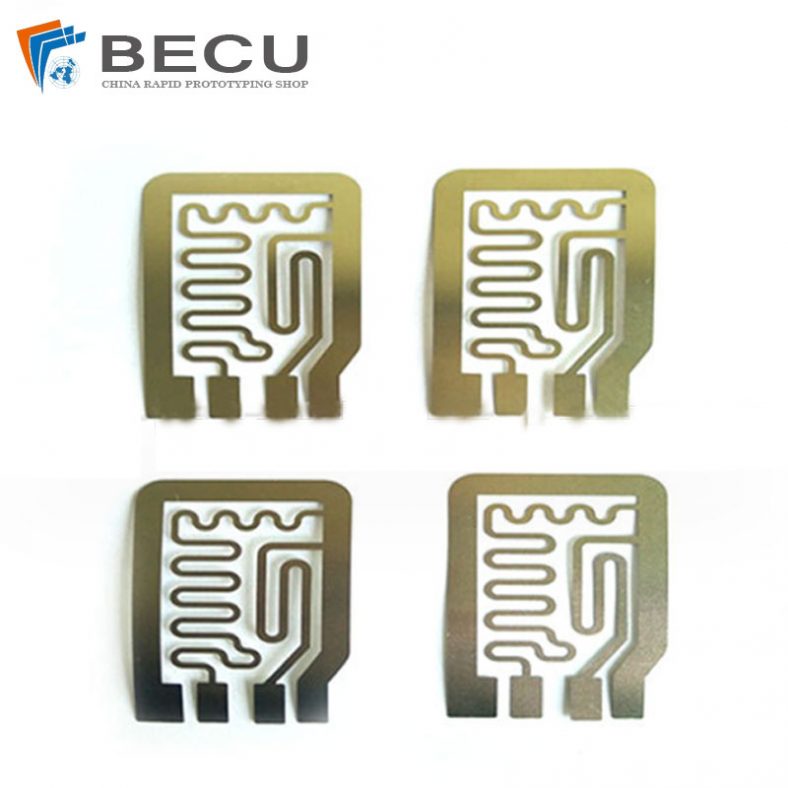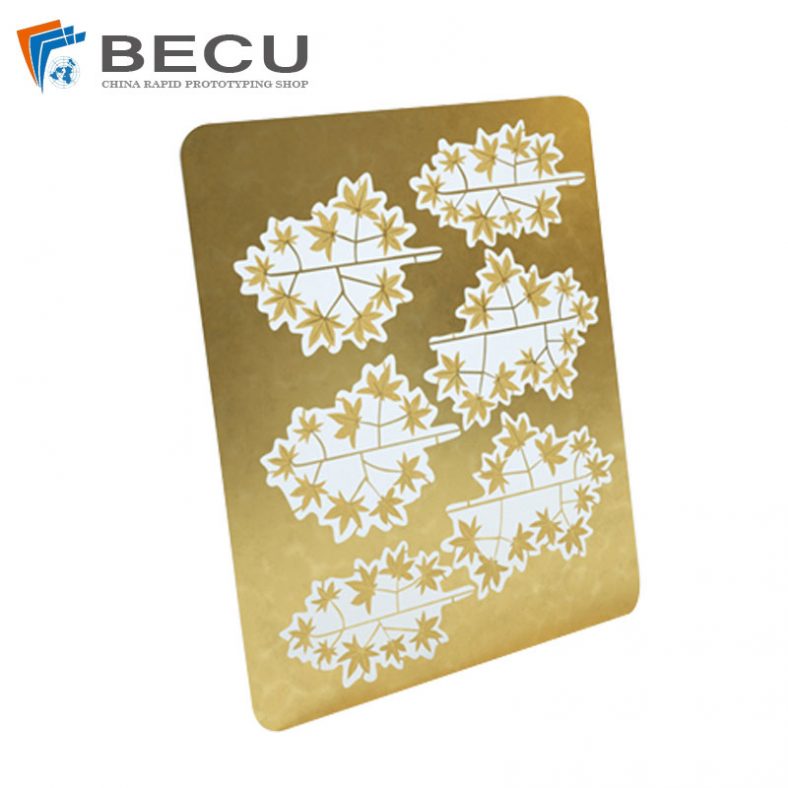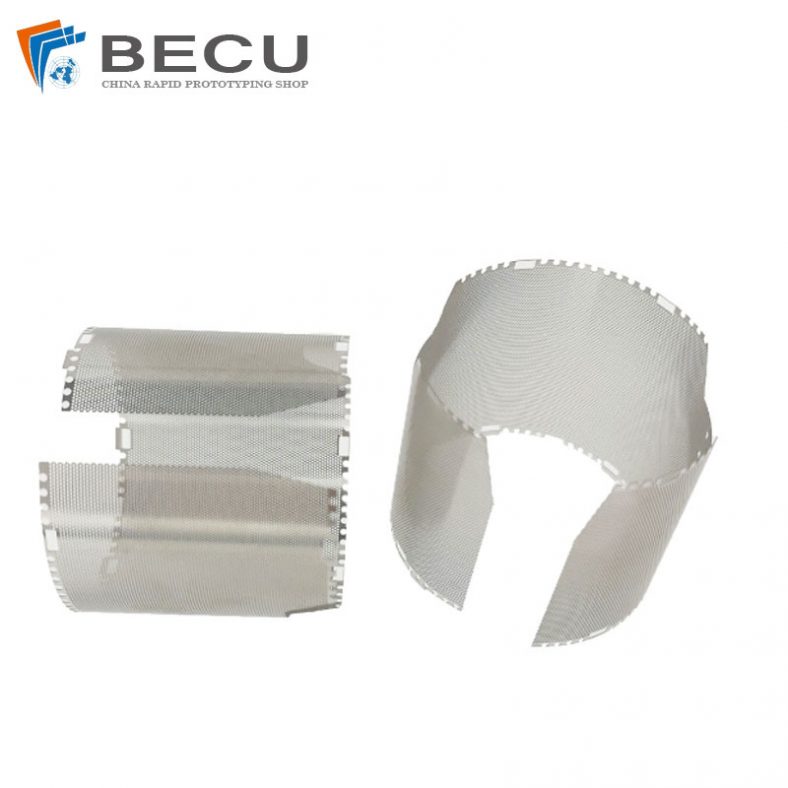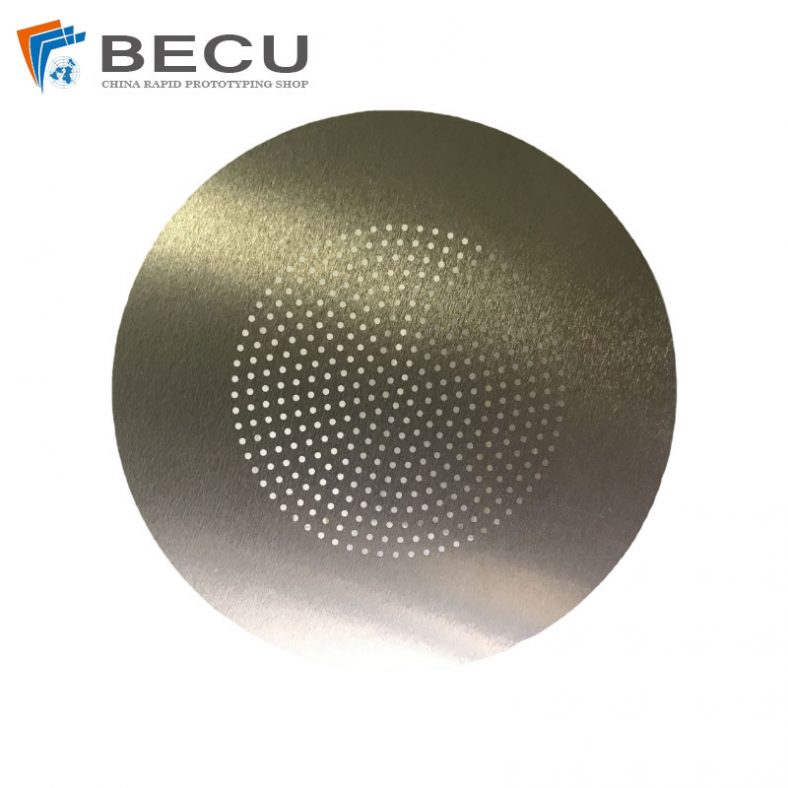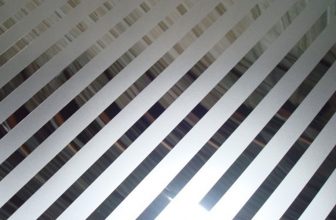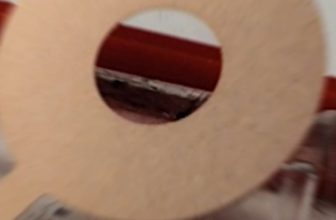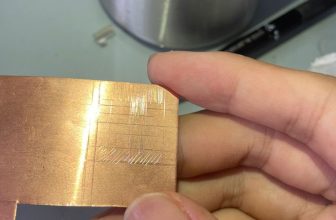Metal etching plays a crucial role in the manufacturing of drone components, providing high precision, lightweight structures, and intricate designs essential for advanced aerodynamics and performance. As the drone industry continues to expand across military, commercial, and consumer markets, the demand for precision-etched metal parts has grown significantly. This article explores the scientific principles, materials, methods, applications, and technological advancements in metal etching for drone parts.
Principles of Metal Etching
Metal etching involves the selective removal of material from a metal surface using chemical, electrochemical, or laser-based techniques. The process allows for the fabrication of detailed features with high accuracy while maintaining the mechanical integrity of the metal. The fundamental scientific principles governing metal etching include:
- Material Removal Mechanisms: Chemical reactions, electrochemical dissolution, or high-energy ablation remove metal in a controlled manner.
- Surface Chemistry: Etchants interact with metal surfaces at the molecular level, influencing etch rates and precision.
- Thermal and Mechanical Effects: Certain etching methods introduce heat or mechanical stress, impacting structural properties.
- Photolithography Integration: Advanced etching incorporates photolithography for precise patterning.
Materials Used in Metal Etching for Drone Parts
Various metals are employed in drone manufacturing based on their mechanical properties, weight, and corrosion resistance. Commonly etched metals include:
- Aluminum Alloys: Lightweight and corrosion-resistant, widely used for drone airframes and structural components.
- Titanium Alloys: High strength-to-weight ratio, used for high-performance military and aerospace drones.
- Stainless Steel: Provides durability and resistance to extreme environments.
- Copper and Copper Alloys: Essential for electrical components and thermal management systems.
- Nickel and Nickel Alloys: Used in aerospace-grade applications for strength and oxidation resistance.
Etching Techniques for Drone Components
Several etching methods are utilized in drone part fabrication, each with advantages and limitations:
Chemical Etching
Chemical etching involves immersing metal sheets in an acid or alkaline solution to dissolve unwanted areas. This method provides high precision for complex geometries without inducing mechanical stress.
- Acid Etching: Uses solutions such as ferric chloride or nitric acid for controlled material removal.
- Alkaline Etching: Commonly used for aluminum and magnesium alloys.
- Photochemical Machining (PCM): Incorporates photoresist layers to define etched regions with micron-level accuracy.
Electrochemical Etching
This process uses an electrolytic cell to dissolve metal selectively through controlled anodic oxidation. It is effective for producing fine details and improving surface smoothness.
- Electropolishing: Enhances surface finish while removing burrs and imperfections.
- Electrochemical Machining (ECM): Provides non-contact material removal for intricate shapes.
Laser Etching
Laser-based etching employs high-energy beams to ablate metal surfaces, achieving extreme precision.
- Fiber Laser Etching: Ideal for marking, engraving, and microstructuring.
- Ultrafast Pulsed Laser Etching: Provides high-resolution patterning with minimal heat-affected zones.
Applications of Metal Etching in Drones
Etched metal parts are used extensively in drone manufacturing for structural, electronic, and aerodynamic components:
- Structural Components: Lightweight metal frames, brackets, and enclosures.
- Electronic Shielding: EMI/RFI shielding for drone communication and navigation systems.
- Cooling Systems: Heat sinks and thermal management components.
- Precision Gears and Actuators: Micro-mechanical parts for propulsion and control.
- Aerodynamic Features: Custom airflow-controlling surfaces for enhanced efficiency.
Advances in Metal Etching for Drone Technology
Recent advancements have improved the efficiency, accuracy, and environmental sustainability of metal etching processes:
- Nanotechnology Integration: Enhancing surface properties and functional coatings.
- AI and Automation: Optimizing etching parameters through machine learning.
- Eco-Friendly Etchants: Developing non-toxic, recyclable etching solutions.
- Hybrid Manufacturing: Combining etching with additive manufacturing for complex structures.
Conclusion
Metal etching is an essential technology in modern drone manufacturing, enabling the production of high-precision, lightweight, and durable components. With continuous advancements in materials, etching techniques, and automation, the role of metal etching in the drone industry is expected to grow, supporting innovations in aerospace, defense, and commercial UAV applications.

